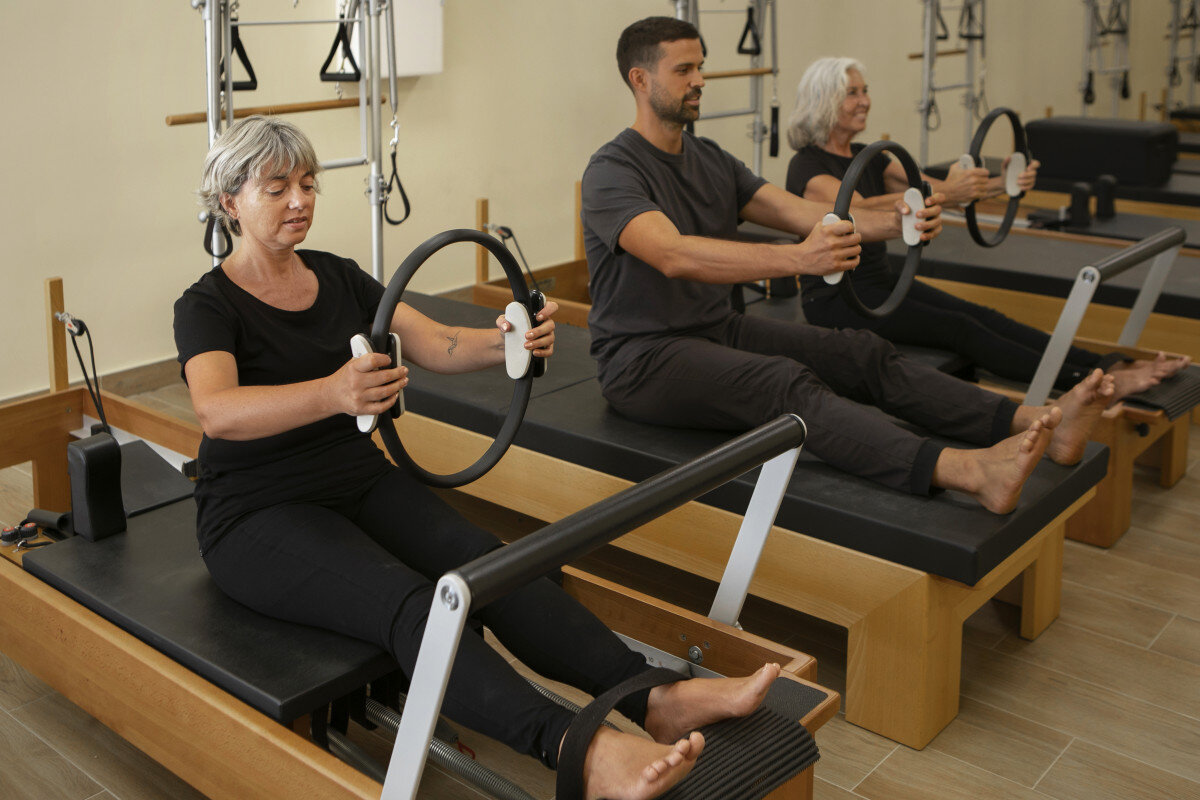Requires an approach that emphasizes adaptability, patience, and individualized attention. Here are some strategies and considerations:
- Tailored Instruction: Provide personalized guidance and instruction tailored to the specific needs and abilities of each individual. Recognize that some patients may require more attention and repetition to grasp the exercises.
- Clear Communication: Use simple and concise language to explain each exercise. Demonstrate movements slowly and clearly, allowing ample time for participants to understand and follow along.
- Visual Cues: Incorporate visual aids such as diagrams, pictures, or videos to supplement verbal instructions. Visual cues can help reinforce learning and improve comprehension, especially for individuals who have difficulty focusing.
- Hands-On Assistance: Offer hands-on assistance when necessary to ensure proper alignment and technique. Gentle touch can provide reassurance and guidance, helping participants feel more confident in their movements.
- Progressive Adaptations: Gradually progress the difficulty of exercises as participants become more familiar and comfortable with the movements. Start with simpler variations and gradually introduce more challenging variations as appropriate.
- Mindfulness Techniques: Incorporate mindfulness techniques such as deep breathing and body awareness into the Pilates sessions. Encourage participants to focus on their breath and the sensations in their body, which can help improve concentration and engagement.
- Individualized Modifications: Be prepared to modify exercises to accommodate any physical limitations or challenges that participants may have. Offer alternative movements or props to ensure everyone can participate safely and effectively.
- Positive Reinforcement: Provide positive reinforcement and encouragement throughout the session. Acknowledge participants’ efforts and progress, no matter how small, to boost their confidence and motivation.
- Patience and Empathy: Practice patience and empathy when working with special populations. Understand that progress may be slower and that some individuals may require more support and encouragement than others.
- Continued Assessment and Feedback: Regularly assess participants’ progress and provide constructive feedback to help them improve. Solicit feedback from participants to ensure their needs and preferences are being met.
By implementing these strategies and considerations, you can create a supportive and inclusive environment for special populations to engage in Pilates exercises effectively, despite any difficulties they may have with focus or attention.
In summary, adapting Pilates for special populations who struggle with focus requires a patient, tailored approach. By providing personalized instruction, clear communication, visual aids, and hands-on assistance, participants can engage effectively. Incorporating mindfulness techniques, individualized modifications, positive reinforcement, and ongoing assessment further support their progress. With these strategies, Pilates can be a valuable exercise option for individuals facing challenges with focus, promoting their well-being and participation in physical activity.
Conclusion:
Introducing Pilates to special populations, particularly those facing challenges with focus and attention, requires a tailored and patient approach. By providing personalized instruction, clear communication, visual cues, hands-on assistance, and mindfulness techniques, participants can engage effectively in Pilates exercises. Progressive adaptations, individualized modifications, positive reinforcement, patience, and empathy are key components in creating a supportive and inclusive environment. Continued assessment and feedback ensure that participants’ needs are met, ultimately promoting their well-being and progress. With these strategies in place, Pilates can be a beneficial and accessible form of exercise for individuals with special needs.
Discover more from Pilates All Ages
Subscribe to get the latest posts sent to your email.
